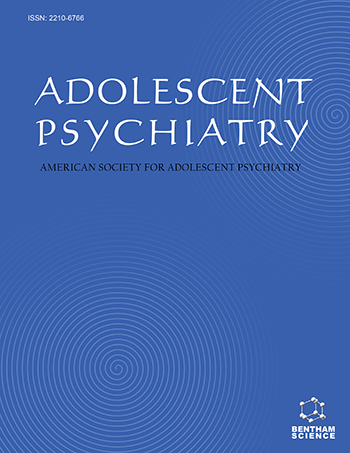Abstract
Background and objectives: India has the world's highest population density and growth, with children constituting almost 37% of the population. There are very few studies on epidemiology of childhood psychiatric disorders in India and these are mostly limited to prevalence, varying widely in their methodology. The main objective of this paper is to review what is known of the extent and nature of psychiatric disorders in school children in a defined geographical area and their psychosocial correlates.
Methods: We report on two epidemiological research projects using standardized instruments and detailed psychiatric assessments. These studies were carried out between 1995-2006 in a representative sample pool of school children in North India who were aged 4-11 at the time of the initial assessment. The 186 children out of the sample who had no disorder at initial assessment were followed up 6 years later using standardized instruments and detailed psychiatric assessments. Results: In the first study, a prevalence rate of 6.33 % was found. In the second study, 20 children out of 186 with no disorder at the time of the initial study had a psychiatric disorder at the time of follow-up. The annual incidence rate of disorder for this representative sample of school children was calculated as 18/1000/yr. Children who had disorder at follow-up did not differ from those who did not on age, gender and psychological (temperament, parental handling, life stress and IQ) parameters at baseline. Sixty percent of the new onset disorders were conditions generally considered adult psychiatric disorders (anxiety, depression, personality disorders). Conclusions: The prevalence and incidence rates found in these studies are lower than those reported in developed countries, and further clarification of the reasons for this finding is needed. Studies like these represent important steps in the development of training, service and research programs in developing countries like India.Keywords: India, prevalence of psychiatric disorders, epidemiology



























